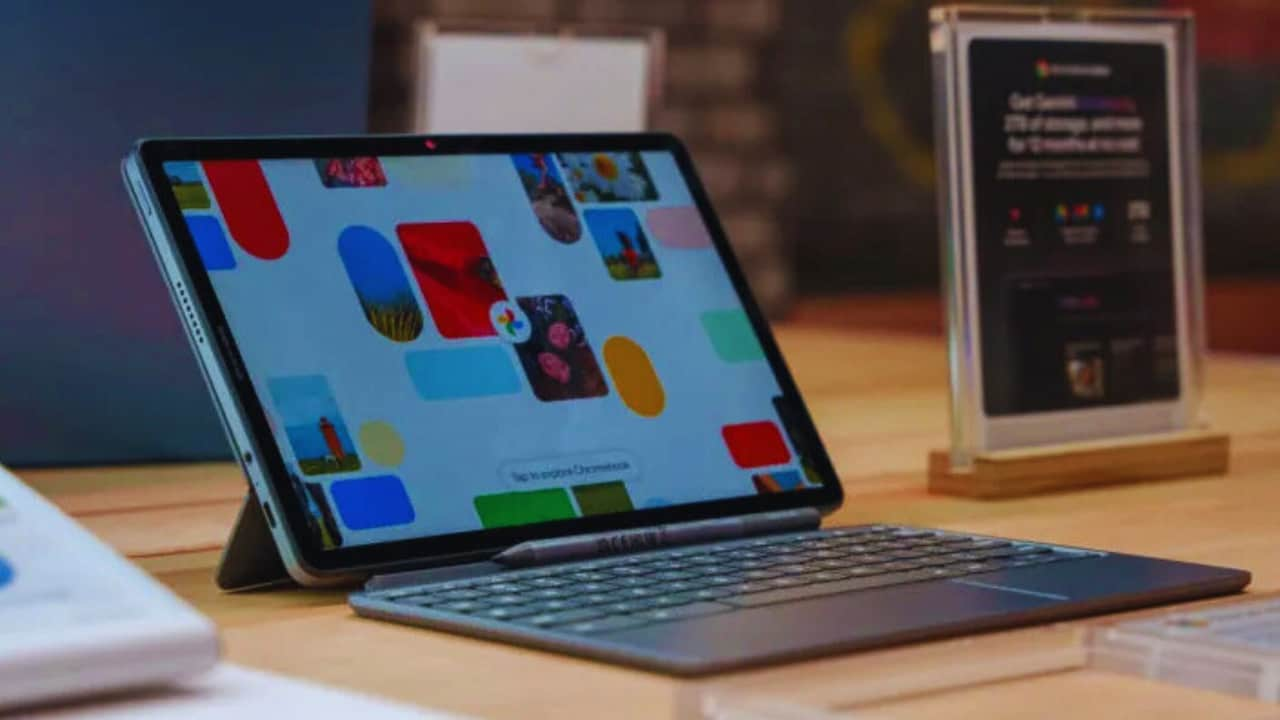Google’s Bold Move: Android and ChromeOS Merger Signals New Era in Computing
Google appears to be on the verge of its most ambitious software overhaul yet, a groundbreaking development that’s reshaping the tech industry. The tech giant is reportedly working on a multi-year project to merge ChromeOS with Android, potentially revolutionizing how we interact with laptops and tablets.
Sources close to the project reveal that Google’s strategy goes far beyond simple software integration. The company is preparing to launch a premium Pixel Laptop, codenamed “Snowy,” that could be the first device to showcase this unified operating system. This high-end device will reportedly go head-to-head with industry titans like the MacBook Pro, Dell XPS, and Microsoft Surface Laptop.
The Road to Unification
The signs of this massive shift have been building for months. In June 2024, Google made a crucial announcement that ChromeOS would begin incorporating significant portions of the Android stack.
Initially, Google presented this move as a way to streamline engineering processes and accelerate the deployment of AI features. However, current internal sources indicate that this was only the beginning.
“The end goal is to create a unified platform that can finally compete with the iPad while maintaining the productivity benefits of ChromeOS,” explains our source, who requested anonymity due to the sensitive nature of the information.
What this means for users
The merger brings several exciting possibilities:
- Enhanced App Compatibility: Users will have access to a wider range of applications.
- Improved Productivity Tools: Desktop windowing features from ChromeOS combined with Android’s touch-friendly interface
- Better Hardware Support: New features for keyboard, mouse, and external monitor connectivity
- Seamless Experience: A consistent interface across devices, from phones to laptops
Technical Innovations
Google isn’t just slapping Android onto laptops. The company is making significant technical improvements, including:
- We are developing a new Chrome browser for Android that supports extensions.
- We are creating a terminal app for running Linux applications.
- Implementation of advanced desktop windowing features.
- Enhanced keyboard and mouse support systems
The Bigger Picture
This bold move represents more than just a technical merger—it’s a strategic play to capture the high-end computing market. While Apple has traditionally dominated the tablet space with iPads, and Microsoft has maintained its grip on desktop computing, Google’s unified approach could create a new category of devices that blur the lines between mobile and desktop computing.
Looking Ahead
The transition won’t happen overnight. Industry experts suggest this could be a gradual process spanning several years. However, with the upcoming release of the Pixel Laptop and the continued development of the Pixel Tablet line, we’re likely to see the first fruits of this merger sooner rather than later.
As one industry analyst puts it, “This could be the biggest shake-up in personal computing since the iPad. Google is essentially rewriting the rules of what a modern operating system can be.”
For consumers, this means more choices, better integration, and potentially more powerful devices that combine the best of both mobile and desktop worlds. The question now isn’t if this merger will happen, but how quickly Google can bring this vision to market.
